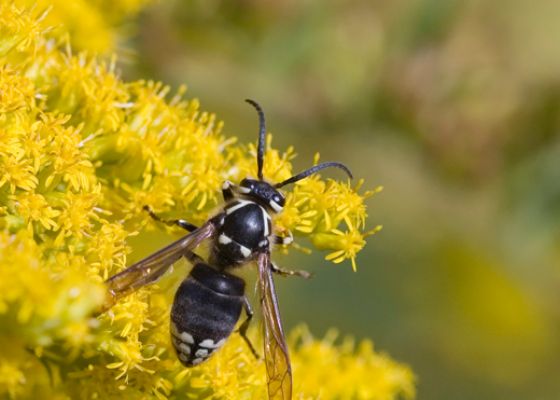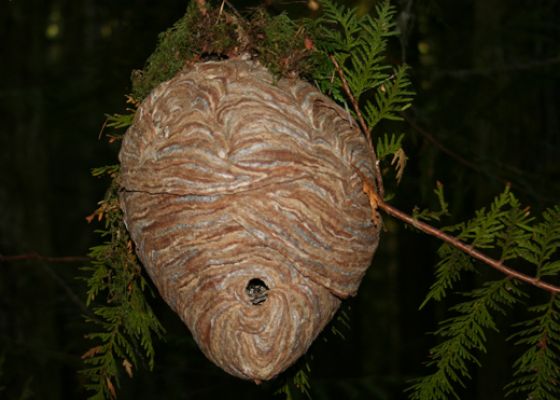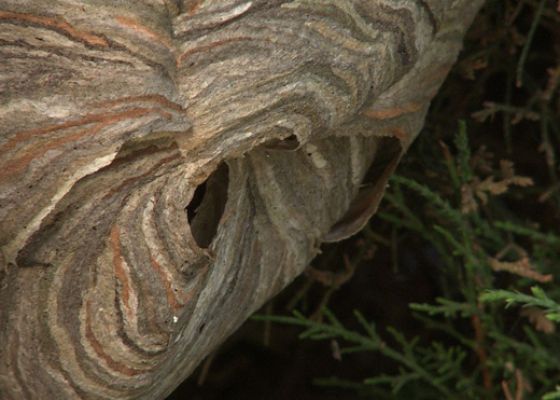Related Products
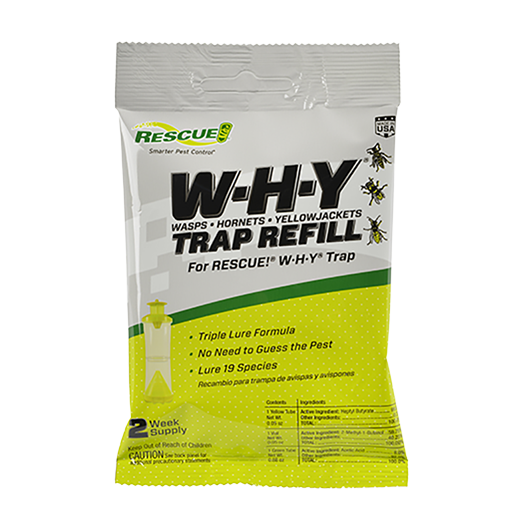
RESCUE! W·H·Y Trap Refill Kit
The RESCUE! W·H·Y® Refill Kit works inside the W&mid...
VIEW PRODUCT »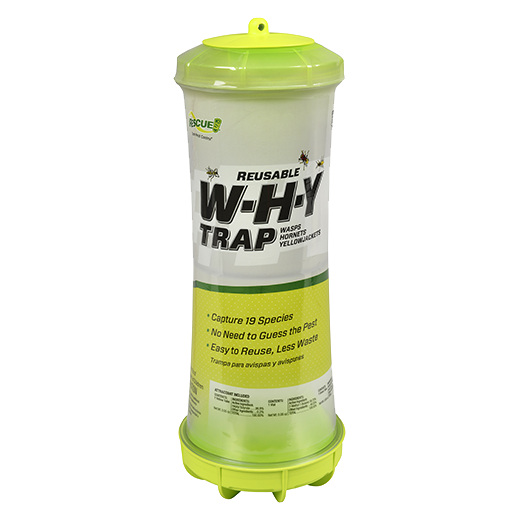
W·H·Y Trap for Wasps, Hornets & Yellowjackets
The W·H·Y Trap has two chambers and three lures to catch 19 d...
VIEW PRODUCT »Bald-Faced Hornets
The bald-faced hornet isn’t a true hornet, but rather is closely related to the yellowjacket.
Geographic Region
Bald-faced hornets are found on the western coast of the United States, the Rocky Mountains, and most of the eastern U.S.
Natural Habitat
Bald-faced hornets are common to meadows, wooded and urban areas. Bald-faced hornets build nests at least the size of a basketball, and sometimes larger. Nests are grayish and round or pear-shaped, typically in higher aerial locations 10-12 feet high, such as in trees, shrubs, or on buildings. Bald-faced Hornet nests are much stronger, flexible, and resistant to water damage than the nests of other species. The thick paper of the nest conceals two to six horizontally arranged combs. Bald-faced hornet nests often have leaves and twigs in the outer nest wall. Peak nest populations are 400 or more workers.
Weather Conditions
Bald-faced hornets thrive in hot, dry weather conditions.
Behavior
Bald-faced hornets typically only forage for live prey but occasionally will scavenge for sugars. This species primarily preys on flies and other yellowjackets for protein. Colonies last one year, with new queens overwintering to make new nests the following spring. Bald-faced hornets can be very aggressive when aggravated or when the nest is disturbed, presenting a significant stinging hazard. It is reported that they will go for the facial area when they attack humans.
Unique Characteristics
Bald-faced hornets are named for their white face coloration. On the rest of their bodies, they are mostly black with white markings on the thorax and lower half of the abdomen. Compared to yellowjackets, they are quite large and plump, at 3/4 inch long.


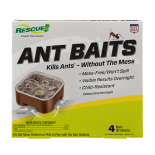 Ant Baits
Ant Baits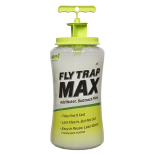 Fly Trap Max
Fly Trap Max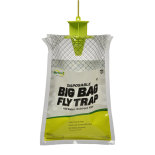 Fly Trap, Big Bag
Fly Trap, Big Bag 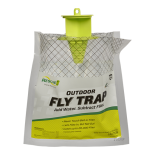 Fly Trap, Disposable
Fly Trap, Disposable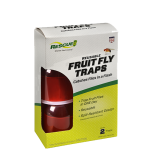 Fly Trap, Fruit Fly
Fly Trap, Fruit Fly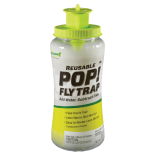 Fly Trap, POP! Fly
Fly Trap, POP! Fly 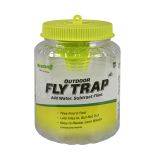 Fly Trap, Reusable
Fly Trap, Reusable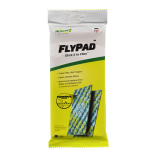 FlyPad
FlyPad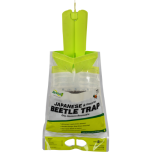 Japanese & Oriental Beetle Trap
Japanese & Oriental Beetle Trap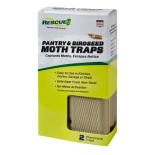 Pantry & Birdseed Moth Trap
Pantry & Birdseed Moth Trap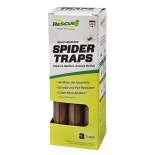 Spider Trap
Spider Trap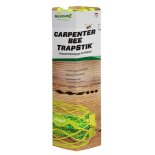 TrapStik, Carpenter Bee
TrapStik, Carpenter Bee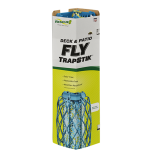 TrapStik, Deck & Patio Fly
TrapStik, Deck & Patio Fly 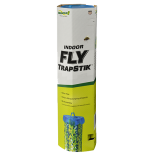 TrapStik, Indoor Fly
TrapStik, Indoor Fly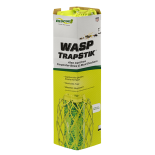 TrapStik, Wasp
TrapStik, Wasp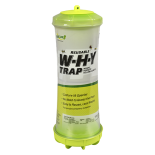 W·H·Y Trap for Wasps, Hornets & Yellowjackets
W·H·Y Trap for Wasps, Hornets & Yellowjackets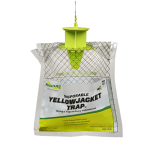 Yellowjacket Trap, Disposable
Yellowjacket Trap, Disposable 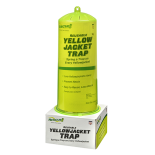 Yellowjacket Trap, Reusable
Yellowjacket Trap, Reusable 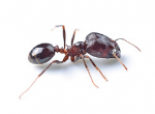 Ants
Ants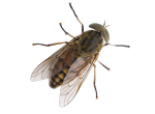 Biting Flies
Biting Flies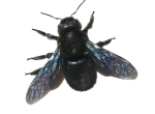 Carpenter Bees
Carpenter Bees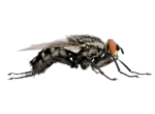 Flies
Flies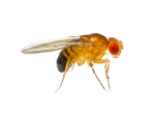 Fruit Flies
Fruit Flies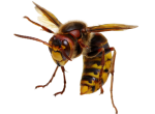 Hornets
Hornets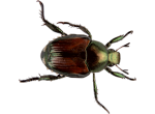 Japanese Beetles
Japanese Beetles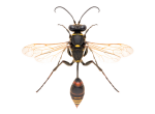 Mud Daubers
Mud Daubers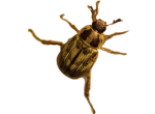 Oriental Beetles
Oriental Beetles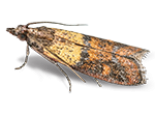 Pantry & Birdseed Moths
Pantry & Birdseed Moths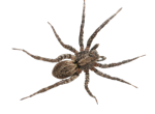 Spiders
Spiders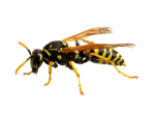 Wasps
Wasps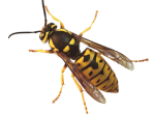 Yellowjackets
Yellowjackets